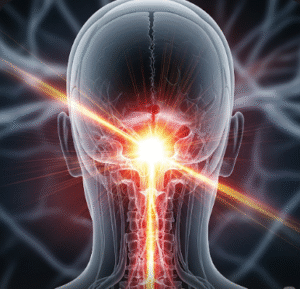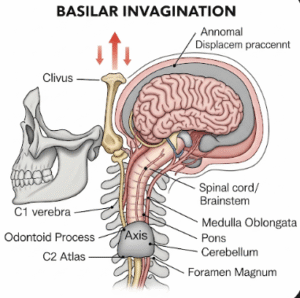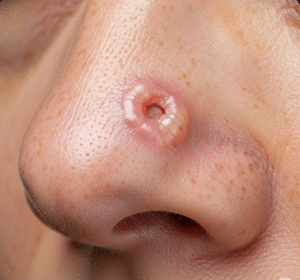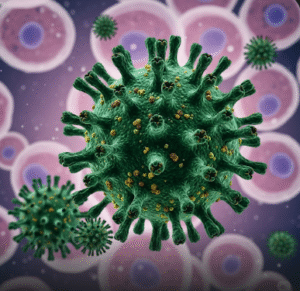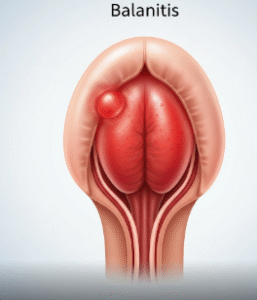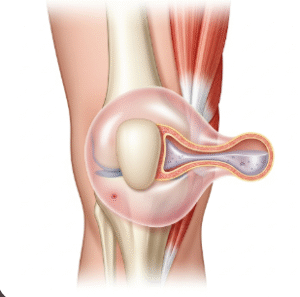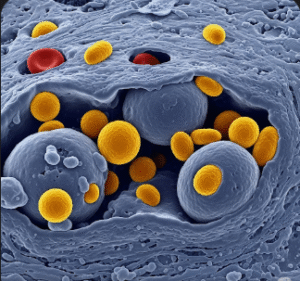verview
Baldness in men, also known as male pattern baldness or androgenetic alopecia, is a common condition characterized by progressive hair thinning and loss, usually beginning at the hairline and crown. It affects a significant portion of men worldwide, including those in Korea, and can begin as early as the late teens or early twenties. While baldness is not medically dangerous, it can significantly affect self-esteem, mental health, and social interactions. South Korea offers advanced treatments for hair loss, ranging from medications to cutting-edge hair transplant procedures, making it a global hub for men seeking effective solutions.
What is Baldness in Men?
Male pattern baldness is primarily a genetic condition influenced by androgens, specifically dihydrotestosterone (DHT). DHT binds to hair follicles, causing them to shrink over time, leading to shorter, finer hair until the follicles eventually stop producing hair altogether. This process typically follows a predictable pattern: receding hairline at the temples, thinning at the crown, and eventual partial or complete baldness. Male baldness can also be influenced by environmental factors, stress, and certain health conditions. In Korea, hair loss clinics offer comprehensive diagnostic evaluations to determine the cause and severity of baldness before recommending treatment.
Symptoms
The primary signs of male pattern baldness include:
- Gradual thinning of hair at the temples and crown
- Receding hairline forming an “M” shape
- Hair shedding that increases over time
- Reduced hair density on the top of the scalp
- Itching or mild scalp discomfort in some cases
- Changes in hair texture, with hair becoming finer and weaker
Causes
Baldness in men is caused by a combination of genetic, hormonal, and environmental factors:
- Genetics – a family history of baldness increases susceptibility
- Hormonal changes – DHT sensitivity in hair follicles is a key factor
- Aging – hair growth naturally slows and follicles shrink with age
- Medical conditions – thyroid disorders, autoimmune diseases, and scalp infections can accelerate hair loss
- Medications – certain drugs, including chemotherapy, anticoagulants, and beta-blockers, may contribute
- Stress and lifestyle – poor diet, smoking, and chronic stress can exacerbate hair loss
Risk Factors
Several factors increase the likelihood of developing baldness:
- Positive family history of male pattern baldness
- Advancing age
- Hormonal imbalances
- Chronic stress and unhealthy lifestyle habits
- Exposure to environmental toxins or harsh hair treatments
Complications
While baldness itself is not dangerous, it can lead to psychological and social complications:
- Reduced self-esteem and confidence
- Anxiety or depression due to appearance changes
- Social withdrawal or avoidance of public situations
- Emotional distress affecting work performance and personal relationships
- Overuse of ineffective treatments leading to financial strain or scalp damage
Prevention
Although male pattern baldness is largely genetic, preventive measures can slow its progression:
- Maintain a healthy diet rich in vitamins and minerals for hair health
- Avoid harsh chemical treatments and excessive heat styling
- Manage stress through exercise, meditation, or therapy
- Gentle scalp care, including proper washing and massage to stimulate circulation
- Early consultation with dermatologists or hair specialists at the first signs of hair thinning
Treatment Options in Korea
1. Diagnosis
Korean clinics provide thorough evaluations to determine the cause of baldness:
- Scalp examination – visual assessment of hair density and follicle health
- Trichoscopy – magnified imaging to analyze hair and scalp structure
- Blood tests – to check for hormonal imbalances or nutritional deficiencies
- Medical history review – assessing genetics, medications, and lifestyle factors
2. Medical Treatments
- Finasteride – oral medication that inhibits DHT production, slowing hair loss
- Minoxidil – topical solution or foam that stimulates hair growth and thickens existing hair
- Low-level laser therapy (LLLT) – devices that promote blood flow and follicle stimulation
- Platelet-rich plasma (PRP) therapy – injections that use patient’s blood plasma to encourage follicle regeneration
3. Surgical Treatments
For more advanced hair loss, Korea is known for world-class hair transplant procedures:
- Follicular Unit Extraction (FUE) – individual hair follicles are transplanted for natural coverage
- Follicular Unit Transplantation (FUT) – strip of scalp removed and transplanted, suitable for larger areas
- Scalp micro-pigmentation – cosmetic solution for the appearance of fuller hair
Korean clinics are renowned for minimally invasive techniques, high success rates, and natural-looking results.
4. Lifestyle and Supportive Care
- Nutritional counseling to ensure adequate protein, vitamins, and minerals
- Scalp care routines to maintain follicle health
- Stress management programs to reduce hair loss triggers
- Follow-up visits to monitor treatment efficacy and adjust protocols
5. Medical Tourism for Baldness Treatment in Korea
South Korea attracts international patients for hair restoration due to:
- Advanced surgical techniques and experienced hair specialists
- Comprehensive non-surgical treatments and PRP therapy
- Personalized care plans and multilingual support
- High success rates with natural aesthetic outcomes
- Efficient clinic systems for international patients, including consultation, procedure, and follow-up


